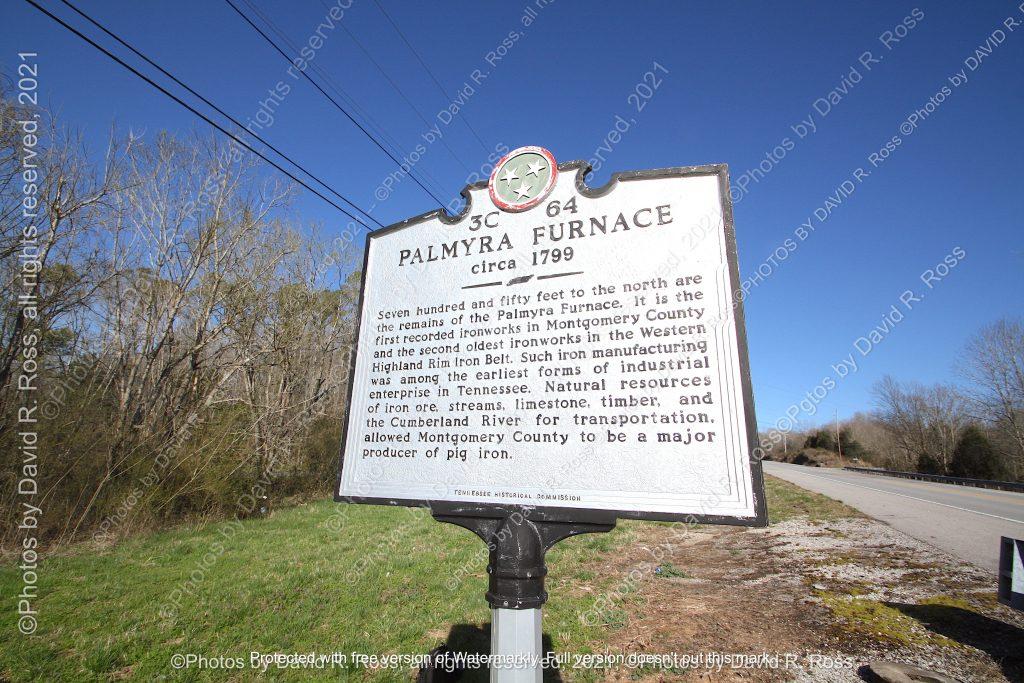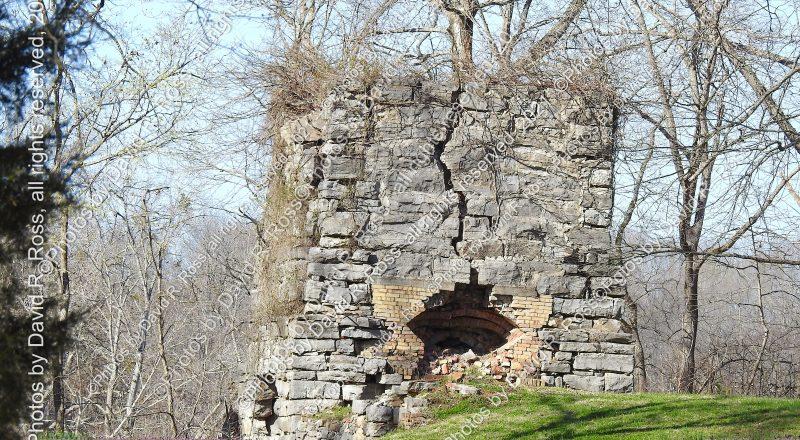Near the historical sign on Tenn. 149 Highway are the remains of the Palmyra Furnace, in Palmyra, Tennessee. The remains of historic iron furnaces can be found in many areas of Tennessee and Kentucky and throughout the Land Between the Lakes area.
The marker is from the Tennessee Historical Commission.
These unusual structures resemble modern era pyramids. That is what I have always though they resembled. It is dangerous to climb inside or on the iron furnaces. Make sure to watch kids if you take them to these iron furnaces. Many of them have heavy stones that could be about ready to fall.
The iron furnaces were among the very first industries in the Land Between the Lakes area. Informative historical markers give visitors and history enthusiasts important and interesting information about the iron industry.
The iron industry of the Land Between the Lakes region played a significant part of the history and culture of the area prior to, during, and after the American Civil War.
Some of the history of the iron furnaces ties in directly with how the area progressed in the days prior to the American Civil War.
The Land Between the Lakes area was known to have produced some of the highest grade of pig iron anywhere in the United States.
Palmyra Furnace
The Palmyra Furnace is the first recorded ironworks in Montgomery County. Tennessee and the second oldest ironworks in the Western Highland Rim Iron Belt, the historical marker says.
Such iron manufacturing was among the earliest forms of industrial enterprise in Tennessee. Natural resources of iron ore, streams, limestone, timber and the Cumberland River for transportation, allowed Montgomery County to be a major producer of pig iron, according to the historical marker.
The approximate date of build of this furnace is 1799, the historical marker says.


